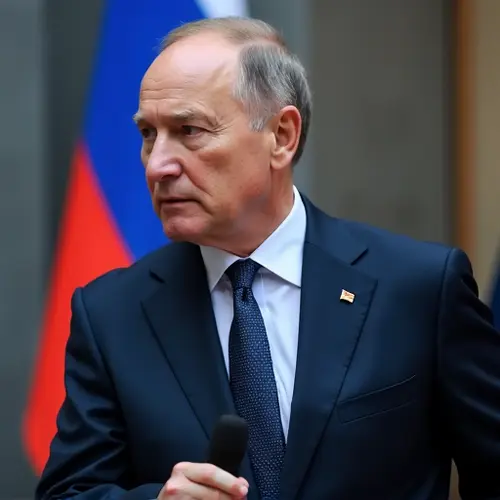
Allied Nations Test Digital Resilience Against Simulated Attacks
NATO has completed its annual Cyber Coalition exercise, this year conducted entirely in virtual format. The war games saw participation from all 32 member states plus partner nations, testing response capabilities against sophisticated cyber threats designed to mimic real-world attack scenarios.
Exercise Structure and Objectives
The 2025 drills focused on NATO's Virtual Cyber Incident Support Capability (VCISC) framework, simulating attacks on critical infrastructure including power grids, financial systems, and military communications networks. Participants faced ransomware campaigns, data exfiltration attempts, and coordinated disinformation operations. According to NATO Cyber Security Centre officials, the exercise aimed to validate new protocols developed after lessons learned from the 2022 Ukraine conflict.
Key Challenges and Innovations
This year introduced AI-powered attack simulations that adapt to defensive measures in real-time. The Tallinn-based NATO Cooperative Cyber Defence Centre of Excellence (CCD COE) developed these dynamic threat actors that employ machine learning to bypass traditional security perimeters. Participants tested novel blockchain-based communication systems designed to maintain command integrity during infrastructure compromise.
Geopolitical Context
The drills come amid heightened tensions following recent cyber operations attributed to state-sponsored groups. NATO Secretary General emphasized that Article 5 collective defense provisions apply to cyber attacks causing equivalent damage to conventional weapons. The exercise included simulated scenarios involving hybrid warfare tactics combining digital assaults with information operations.
Results and Future Outlook
Preliminary assessments show improved cross-border coordination but reveal vulnerabilities in supply chain security. The NATO Communications and Information Agency announced plans to establish rapid deployment cyber teams by 2026. Future exercises will incorporate quantum computing vulnerabilities as member states accelerate post-quantum cryptography adoption.

 Nederlands
Nederlands
 English
English
 French
French
 Deutsch
Deutsch
 Espaniol
Espaniol
 Portugese
Portugese









